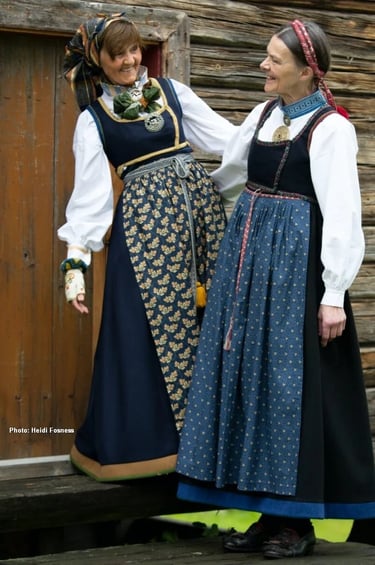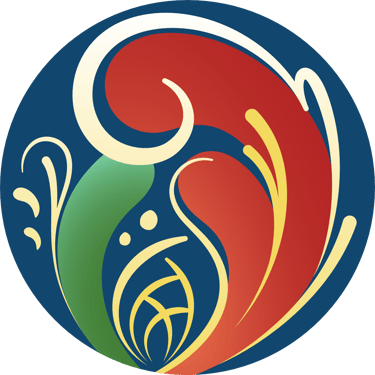The Bunad of Telemark
Øst-Telemark Bunad
The East Telemark women’s bunad and its variations are Category 5 costumes. They were developed in the first part of the 20th century and are more loosely based on historical folk costumes. Rose stitch embroidery features along the hem of the skirt, the bodice, the pocket, the apron, and sometimes the linen shirt. The short jacket, usually red, also features distinctive embroidery work.
The men’s bunad from East Telemark falls into Category 2 because it has been used in an almost unbroken tradition. At the time of the bunad movement, these costumes may have fallen out of favor, but many were still tucked away in trunks and attics. The jackets are usually grey but are sometimes dark green.


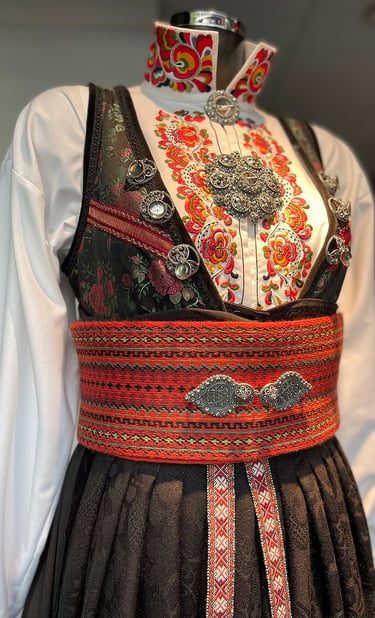

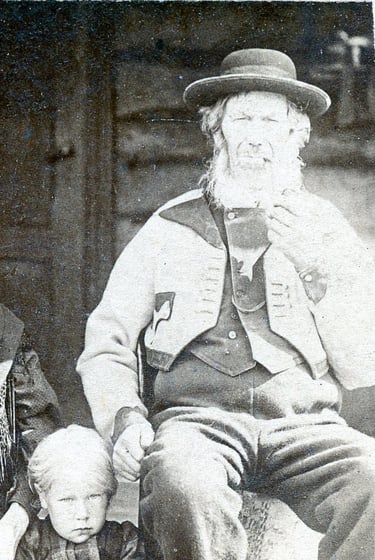


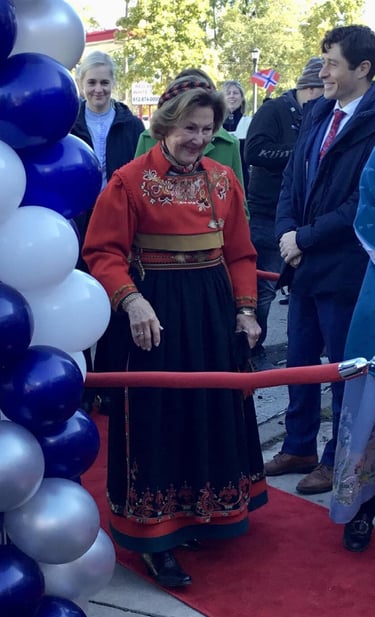
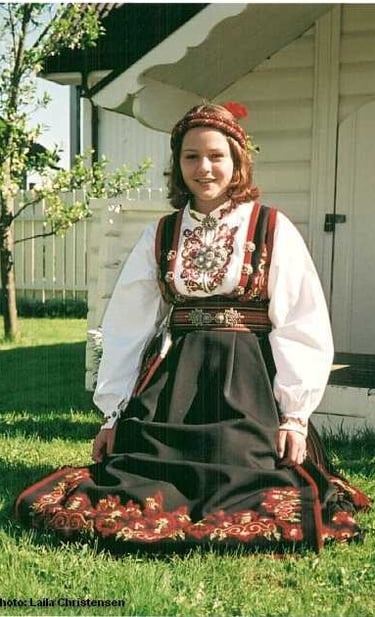

Vest Telemark Bunad
West Telemark’s bunad is also a Category 5 costume. Although based on designs from the beginning of the 20th century, this bunad was revised in the 1950s. The rose stitch embroidery features heavily on the front and back of the bodice, the hem of the skirt and apron, and the pocket. The bodice is laced together in the front with a silver chain.
The men’s bunad of West Telemark was produced in 1958 and is a Category 4. The loose wool white jacket features green and red and is worn over an eight-button blue vest.
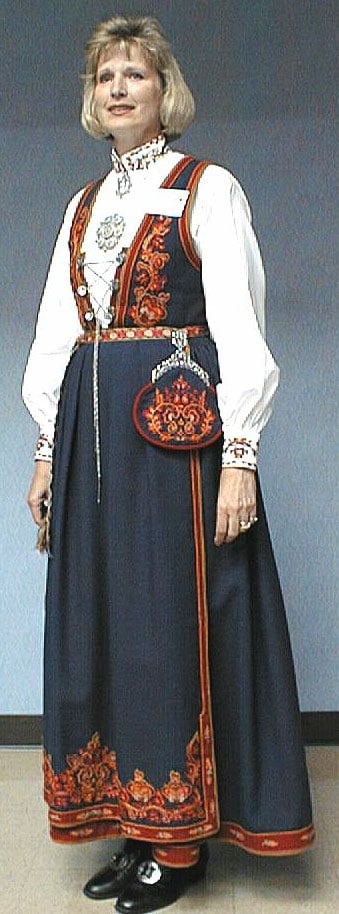

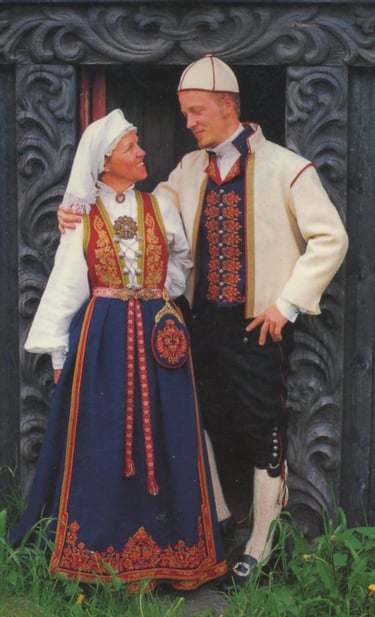

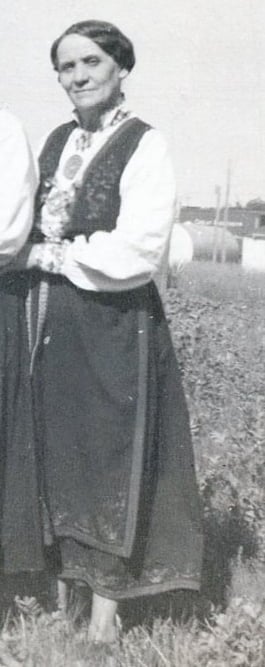



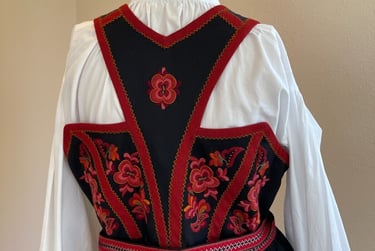

Tinnbunad
In the 1970s, long after most people bought their clothes in shops, some people in Tinn still wore the folk costume now known as the Tinn bunad. Even though this bunad is a Category 1 and represents an unbroken tradition, the bunad of today departs from the historical dress. The rose stitching that features heavily on the distinctive green bodice, skirt, and apron hem was not used traditionally. Also, head coverings are less commonly worn with today’s bunad.
The men’s Tinbunad was completely reconstructed in 1993 and is a Category 3. The elk hide leather trousers, short black coat with a high collar, and red vest are all heavily influenced by the European Imperial style of the early 1800s.


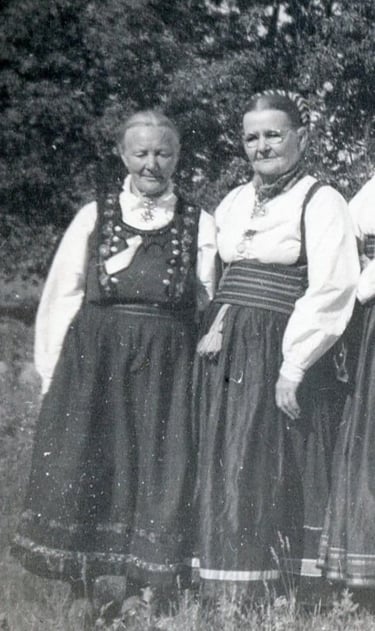


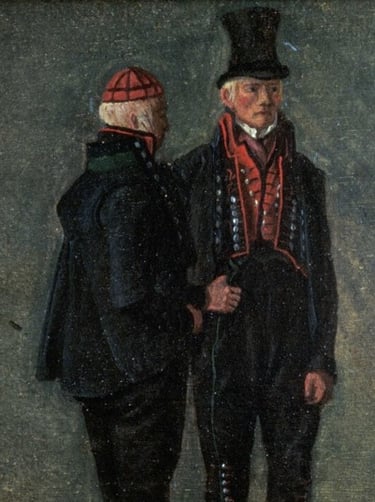
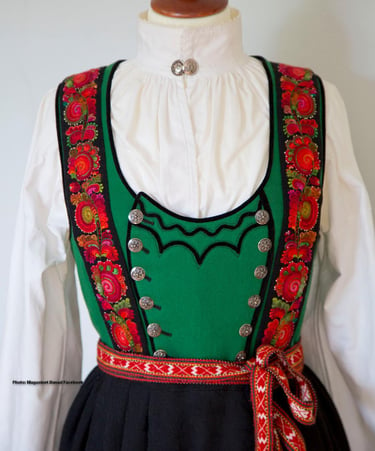

Beltestakk
A wide, two-and-a-half-meter-long tablet-woven belt wrapped multiple times around the waist gives this bunad its name. This costume was worn from 1850 and into the early 1900s in east central Telemark. This almost unbroken tradition makes the bunad a Category 2. The costume was first taken up again in the 1960s and has since become one of the most popular bunader in Norway. The narrow suspender-like bodice that ends just below the bust resembles an X in the back and is attached to the skirt. A button-up shirt with gathered wide sleeves is often worn instead of a jacket over the linen shirt and under the bodice and is often made with various patterns and materials. The skirt is exceptionally wide and the apron worn over it is attached with another, narrower woven band. The weaving technique used for both bands is known as Brikkevev and can be traced back to Vikings and is uniquely continued in Eastern Telemark folk costumes.
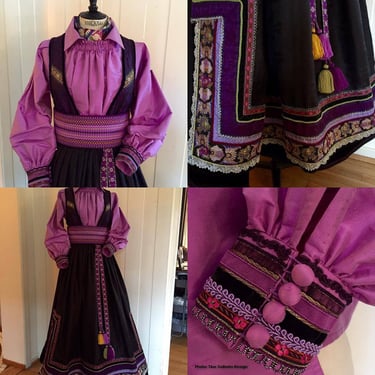

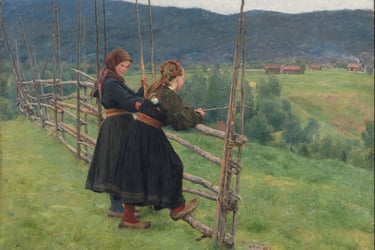

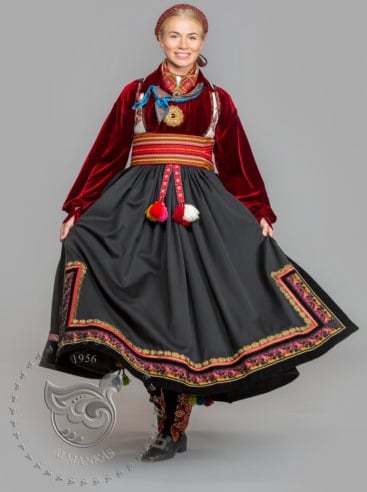

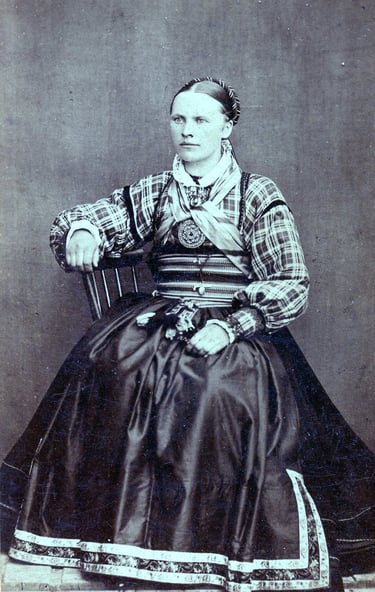

Painting by Erik Werenskiold 1883
Stakk og liv fra Øst-Telemark
At the end of the 19th century, the Beltstakke gave way to the Skirt and Bodice folk costume. The same gathered wide-sleeved shirts in unique material and patterns were worn under a front closing bodice with a wide neckline. Initially, the bodice was not attached; instead, it was affixed with hooks. The skirt is substantially narrower than the Beltstakke and is decorated with ribbons on the hemline. This costume was worn commonly until the 1920s, but some women continued to wear it until the 1970s. Because it began to be worn as a bunad before it went out of everyday use, this bunad is a Category 1.
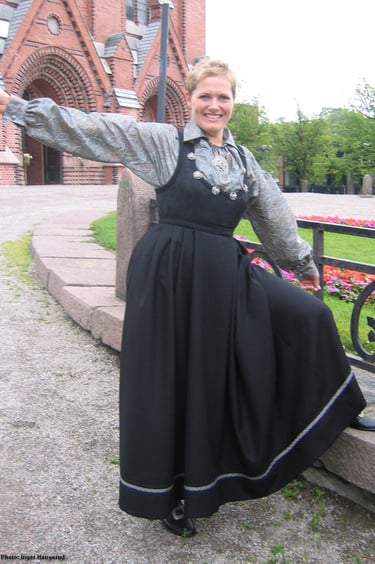

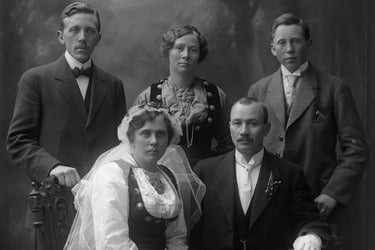


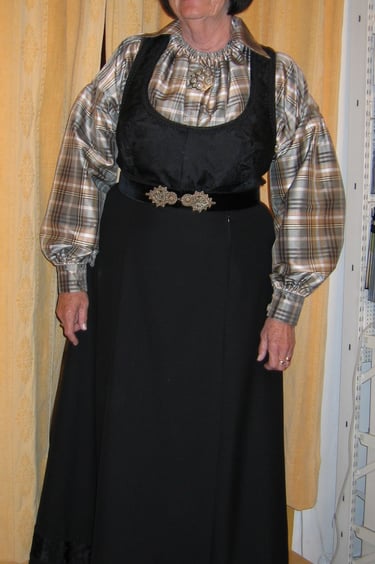
Skjælestakk fra Tinn
The Shellskirt bunad from Tinn is influenced by nearby Numedal and the Imperial styles of the first half of the 1800s. It gets its name from the stiffened edges of the jacket and skirt that tilt out. The costume was systematically reconstructed in the 1990s and is a Category 3 bunad. A tall red wool hat decorated with ribbons with solje dangling from the brim is worn with this bunad for weddings. The bodice is open in the front and joined by a decorative piece called a bringeduk similar to a stomacher. A rose-stitched ribbon edges the jacket and skirt.


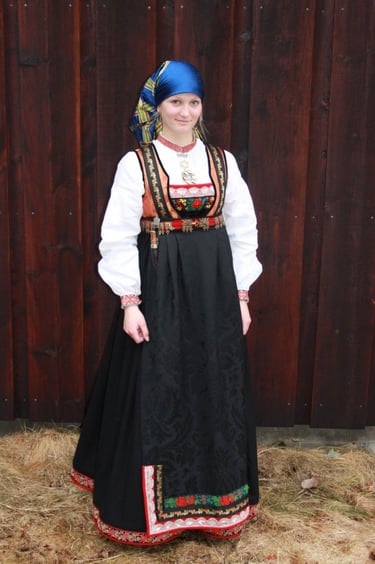


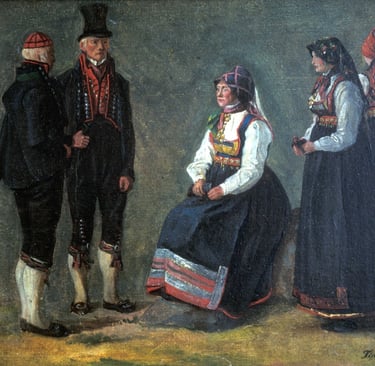
Painting by Thomas Fearnley (1802-1842)
Drangedalsbunad
Although the Drangedal bunad was used as early as the 1930s, it was never as popular as other Telemark bunader. In 1994, this bunad was designed for Drangedal, which focused on the costume worn between 1830 and 1850 and falls into Category 4. The costume is more influenced by the contemporary fashion of the German late-empire than more inland regions of Telemark. The color and pattern of the lined damask bodice may vary and should match the hat. The fabrics used are more modern silks, velvet, and wool. The bunad has no embroidery and only one ribbon along the hem of the skirt.
Learn More:

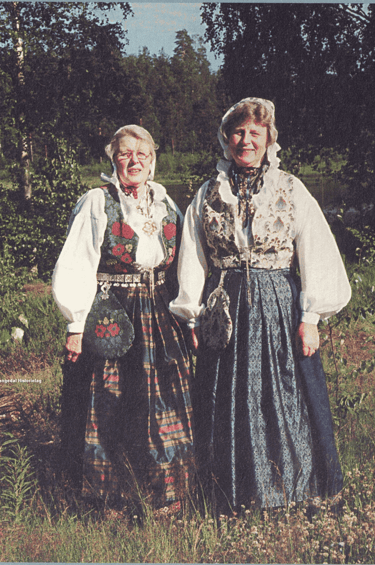
Lundebunad
In Lunde and surrounding villages, the Beltstakke was originally the prominent bunad, but in the 1990s, an effort was made to recreate a more local costume that had been documented in a Lunde-soga. Incredibly, a complete costume was found, and work began on the Category 3 Lundebunad. The bunad has an empire waist, a white shirt with embroidered collar, and a cotton-printed apron. The bodice front folds over, hooks on the left side, and is edged with narrow bands of rose stitching. The hem of the skirt has a stiff, wide border that gives the skirt shape.
